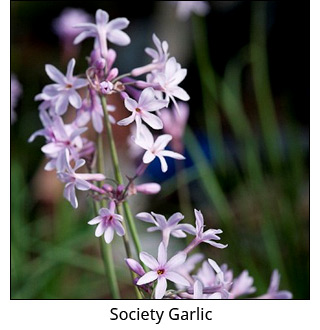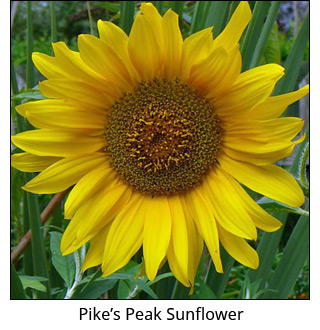April Showers Bring May Edible Flowers
Apr 29th 2016
A sprinkling of nasturtium, a misting of borage and a drizzle of daylilies. Edible flowers are a fun and inviting addition to your recipes. Bring the garden into your kitchen by growing your own edible garnish.
Here is a look at four flowers that enhance the look and flavor of your recipes. They are tasty finishing touches that add a luscious look and fragrance to a range of fresh and cooked dishes.


Nasturtium
Need a kick of peppery seasoning for your soup or salad? The leaves, seed pods and flowers of the tangy nasturtium will add color and bite to the dish. The flavor is a cross between mustard and slight sweetness. They also work well in omelets and cheese spreads.
The leaves can be stuffed, much like grape leaves, or cooked like spinach. The flowers can be added whole or cut in slivers. For best results, harvest the flowers just as they open. Smaller flowers are usually best for eating, while larger flowers are better as garnishes or for being ripped apart and chopped or minced.
Daylilies
The flavor of daylilies has been described as a mix of sweet lettuce and green beans, boosted with radish-like zest.
The flowers can be used two ways. As green flower buds, they can be steamed, stir-fried, boiled or pickled. The flowers are a festive topping for soups and salads. You can also dry them and use them in clear soups.


Borage
Vivid blue borage flowers have been adding a burst of color to salads and soups since Elizabethan times. The leaves and flowers taste much like cucumbers. They make a flavorful addition to traditional tea sandwiches like watercress and cucumber.
Add them to summer drinks for their color and flavor. Or freeze them in ice cubes. You can also make crystallized borage, a great topping for a cake.
Society Garlic
Formally known as Tulbaghia Violacea, society garlic has an appealing lavender flower that works well in soups, stir fries, salads and egg dishes. Called the “Garlic of Polite Society,” it adds a very gentle taste of garlic to the dish.
Because they don’t overpower delicate dishes, the leaves and flowers work well in light broths and soups. They add color and bite to salads, cheese dishes and can be used to flavor vinegars.


Sunflower
Mammoth sunflowers are great for creating a sun forest for kids, a tall annual hedge or screen. Sow in the spring after the last average frost date. When they become about 3 inches tall, seedlings should be thinned to 2 feet apart.
Pike's peak sunflowers draw bees and other needed pollinators. They are very easy to grow and add a bright splash of color to your garden. Planting them close to cucumbers is known to improve the flavor of the cucumbers. The flowers of these sunflowers are not edible but the seeds attract birds and make great snacks.
These examples are just the start. Many flowers do double duty, to bring color to the living areas and to add flavor in the kitchen. Experiment with edible flowers in your cooking for a splash of color, taste and fragrance.

